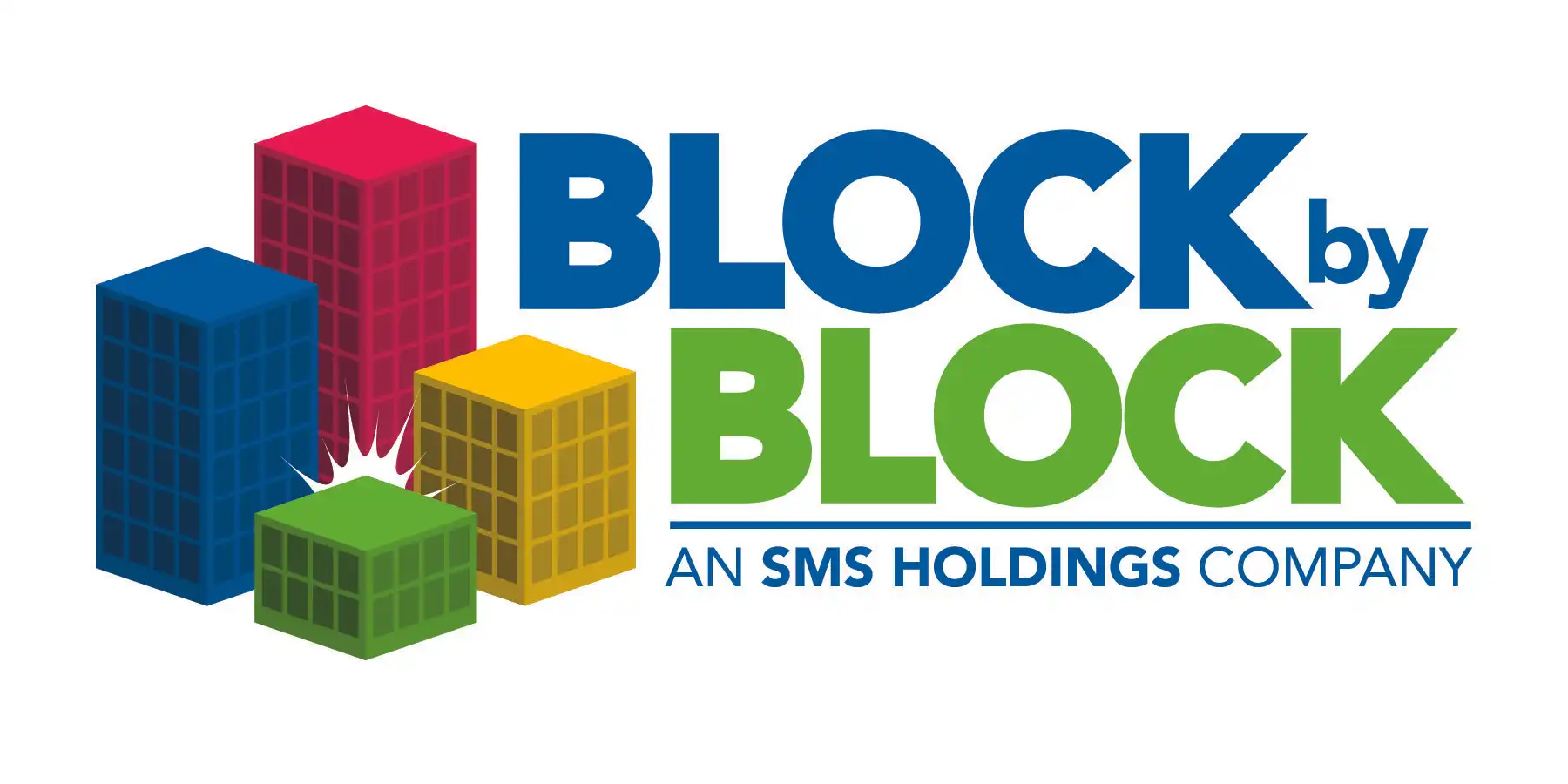Maunakea Visitor Station Project to Impact Stargazing Hours
The Maunakea Visitor Information Station on Hawaiʻi Island will adjust its closing time from 10 p.m. to 5 p.m. beginning Sunday, Dec. 9, 2018, for an infrastructure project that will improve visitor safety and to better protect natural, historic and cultural resources.
Preparations will begin in December with construction slated to start in January 2019. The project is expected to take about six months.
Nighttime stargazing at the visitor station will be suspended during this period, but the station will remain open seven days a week with the same opening time of 9 a.m. The station’s restrooms will remain open 24 hours a day, seven days a week.
The Maunakea Visitor Information Station will continue to work with ‘Imiloa Astronomy Center, County of Hawaiʻi and other partners to bring both live and remote stargazing opportunities to other locations on the island. During the project, the station will collect data on how the modified hours impact visitor experiences. This data will be used to develop new, Hawaiʻi Island-oriented programs. These may include free reservation-based weekly stargazing programs specifically for island residents and educational groups, and other opportunities for visitors.
The infrastructure project includes the construction of a new paved parking lot with 42 stalls, entry and exit lanes to the parking area, a new greenhouse for propagating native plants and the removal of an existing structure, known as the Upper Longhouse.
The improvements are necessary as the Visitor Information Station has experienced a significant increase in visitors due, in large part, to Saddle Road improvements that have made Maunakea much more accessible. This has resulted in vehicles parking on the shoulder of Maunakea Access Road and visitors crossing the street in the dark. By better managing vehicular and pedestrian traffic, soil erosion in sensitive areas will be reduced and fragile natural resources will be better protected.








